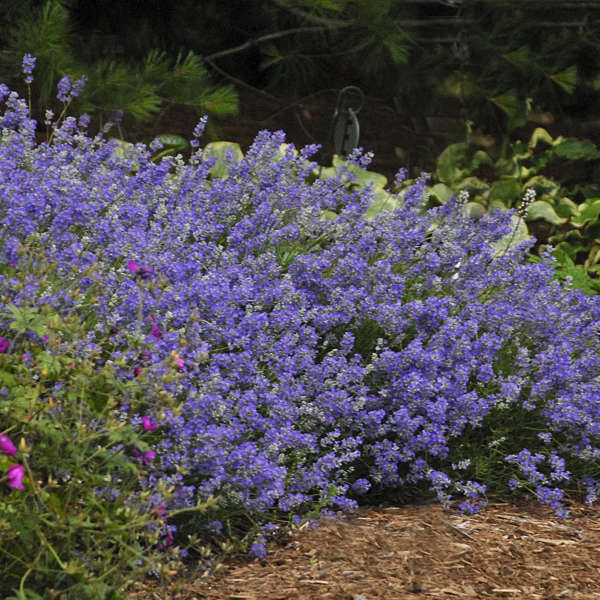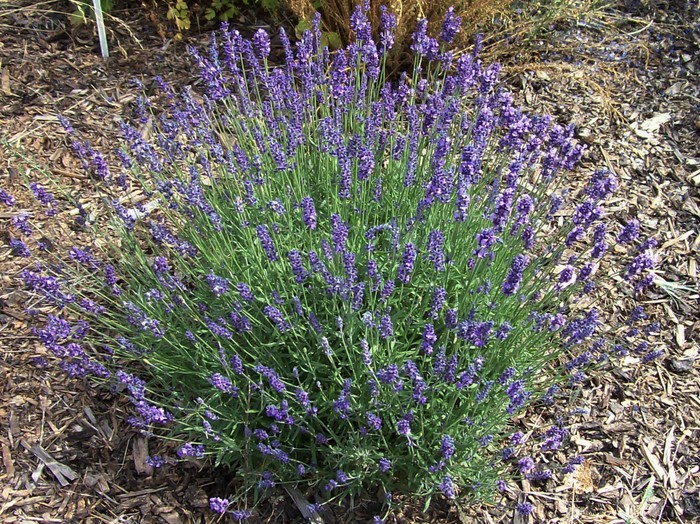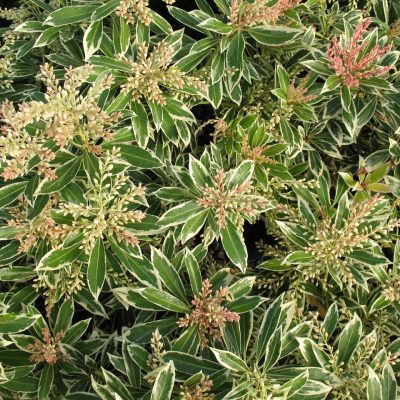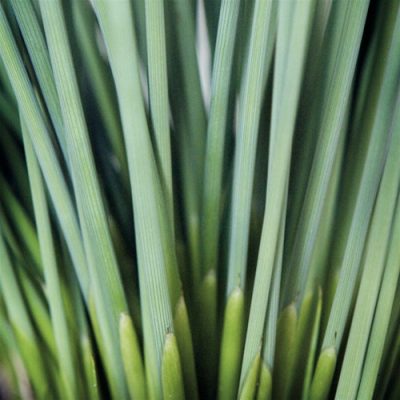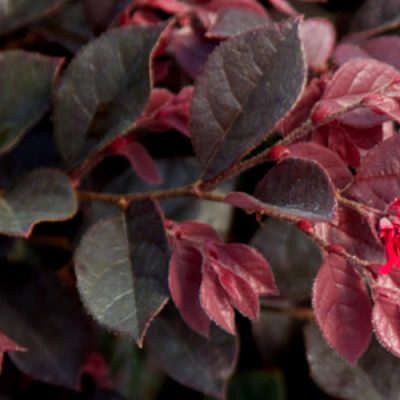Description
Grow in average, dry to medium, well-drained, alkaline soil in full sun. English lavender can be difficult to grow, primarily because of winter stresses and high summer humidity. Well-drained soils are required, particularly in winter. Root rot commonly attacks plants grown in poorly drained soils. Prefers a light, sandy soil with somewhat low fertility. Remove faded flowers to promote continued bloom. Prune to shape in spring after new leaves appear. Prune back to 8” in spring every 3 years to control plant size and to promote robust, new growth. High summer humidity is not appreciated. To combat high humidity, consider using rock instead of organic mulch. (Courtesy of Missouri Botanical Gardens Plant Finder)

